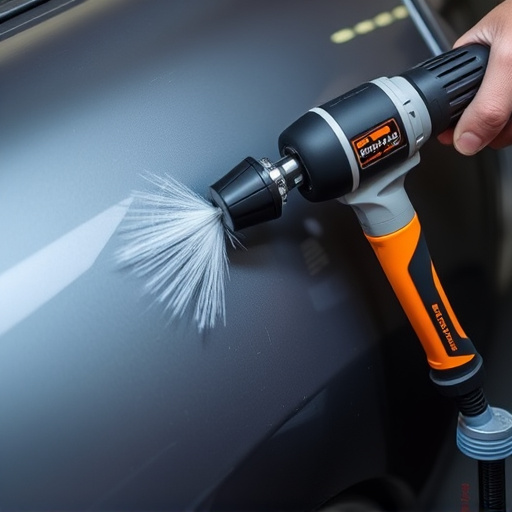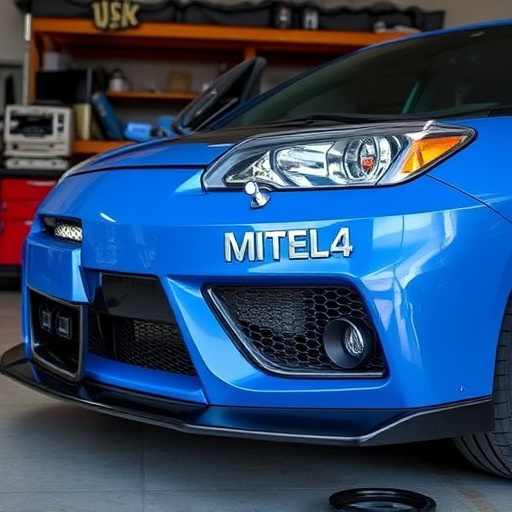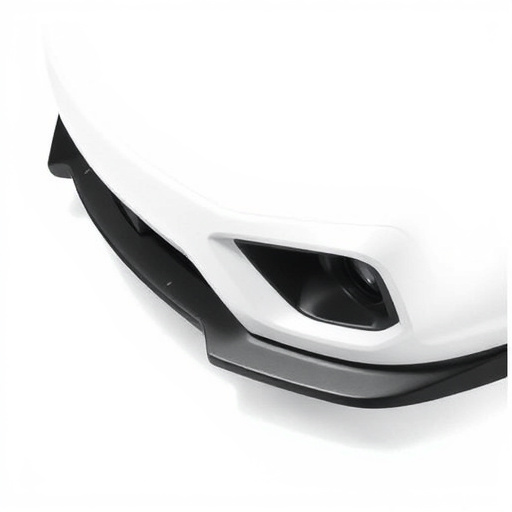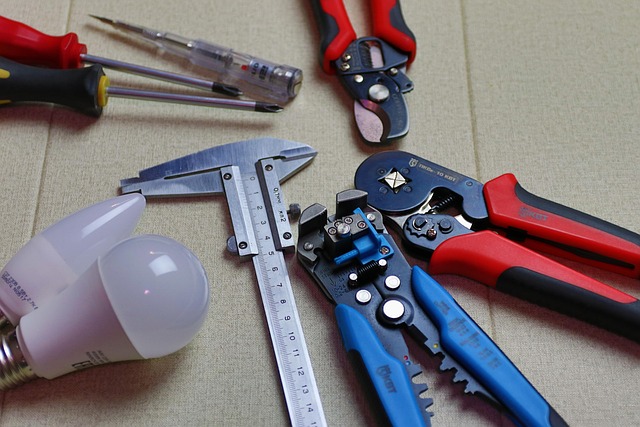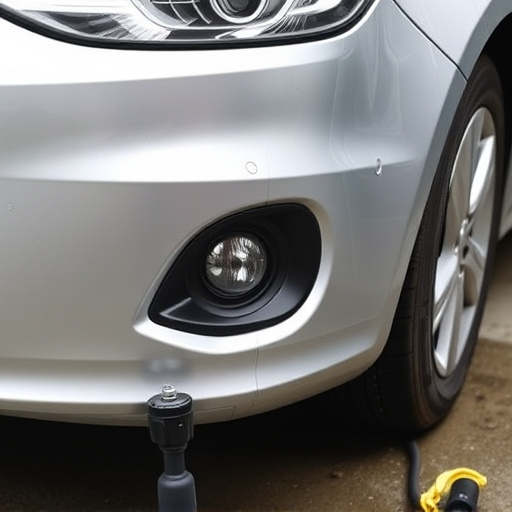Mercedes owners value their memory seats but face complex issues over time requiring professional attention. Common problems include slow operation, failure to remember positions, erratic movement, or complete malfunction due to worn motors, faulty wiring, or corrupted settings. Specialized knowledge and tools are needed for accurate diagnosis and effective solutions. Early recognition of symptoms like retention failures, unusual noises, and unexpected movements is crucial to prevent further damage. Consulting a professional mechanic for component replacement, wiring repair, or system reset ensures proper Mercedes memory seat repair.
“Struggling with a non-functioning Mercedes memory seat? This comprehensive guide is your go-to resource for repairing or replacing your vehicle’s seat motor. We’ll walk you through assessing common issues, from identifying faulty components to understanding symptoms of a failing mechanism. Learn the step-by-step repair process, including disassembly, troubleshooting, and installation of new or repaired motors. Plus, discover maintenance tips and proactive measures to prevent future Mercedes memory seat problems.”
- Assessing the Issue: Common Mercedes Memory Seat Problems
- – Identifying faulty components
- – Symptoms of a failing memory seat mechanism
Assessing the Issue: Common Mercedes Memory Seat Problems

Many Mercedes owners enjoy the convenience and comfort offered by their memory seats. However, like any complex mechanical system, they can develop issues over time, requiring a Mercedes memory seat repair or replacement. Assessing the problem is the first step in finding a solution. Common issues include slow operation, failure to remember preset positions, erratic movement, or even complete malfunction, leaving the seat stuck in one position. These problems could stem from various factors such as worn-out motors, faulty wiring, or corrupted memory settings within the control unit.
Unlike minor auto glass repair or bumper repair tasks, Mercedes memory seat repairs often demand specialized knowledge and tools to diagnose and fix the issue without causing further damage. If you’re unfamiliar with automotive collision repair techniques, it’s best to consult a professional mechanic who can accurately identify the problem and provide an effective solution, whether it involves replacing worn components, repairing wiring, or resetting the system.
– Identifying faulty components

If your Mercedes memory seat isn’t functioning properly, the first step is to identify the faulty components. Start by checking the power supply to the seat—a common issue could be a loose or damaged wire inside the seat’s mechanism or at the connector. Inspect the motor itself for any visible damage, such as burnt spots or loose connections, which can indicate a malfunctioning motor.
Additionally, pay attention to the control module, responsible for sending signals to the motor. If it’s faulty, you might notice erratic movement or complete absence of response from the seat. In some cases, the problem could be with the memory settings, so test the seat’s memory function by adjusting and saving different positions. If these steps help rule out certain components, you’re ready for the next stage: considering replacement parts and services, perhaps from a reliable collision center or car repair services, to ensure your Mercedes memory seat repair is done correctly.
– Symptoms of a failing memory seat mechanism
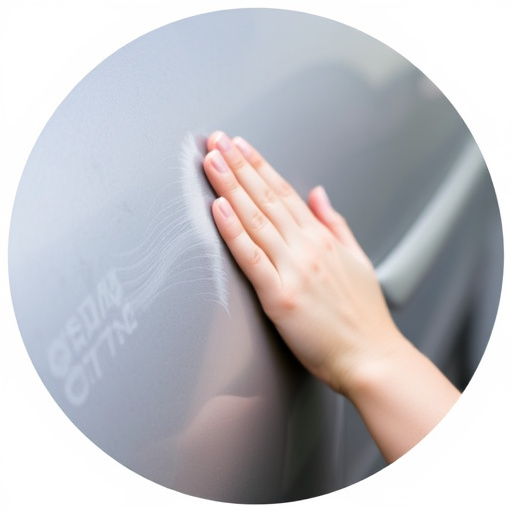
If your Mercedes memory seat is starting to show signs of distress, it’s important to recognize the symptoms early on. One of the most noticeable indicators is a failure to retain the preset positions. The seat may not remember and maintain the desired height, backrest angle, or recline setting, causing you to constantly adjust it each time you use it. This can be frustrating and may signal a problem with the internal mechanisms, particularly the motor and gear assembly responsible for memory function.
Additionally, unusual noises coming from the seat area during adjustments could point towards a faulty memory seat mechanism. Grinding, clicking, or whirring sounds are not typical of a well-functioning seat. These issues can also lead to unexpected movements, such as sudden changes in position or even occasional jolts, which can be both uncomfortable and concerning, especially when driving. Prompt attention to these symptoms is crucial, as continued use may exacerbate the problem, potentially leading to more complex Mercedes memory seat repair or even replacement scenarios, similar to addressing a bumper repair or vehicle paint repair job promptly to avoid long-term damage.
When it comes to repairing or replacing the motor in your Mercedes memory seat, understanding common issues and their symptoms is key. By identifying faulty components early on, you can efficiently address problems and extend the lifespan of your vehicle’s comfort feature. Remember, proper maintenance and timely repairs are essential for a seamless Mercedes memory seat experience. Dive into these insights to navigate through the repair process like a pro.

